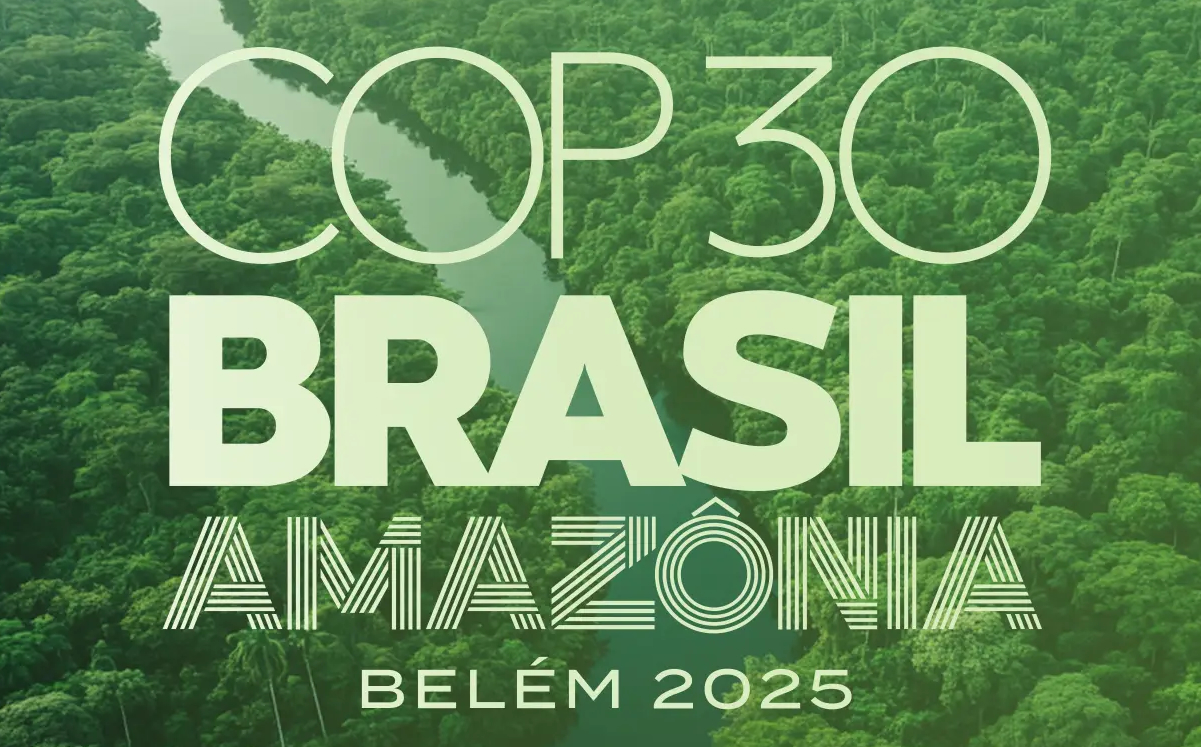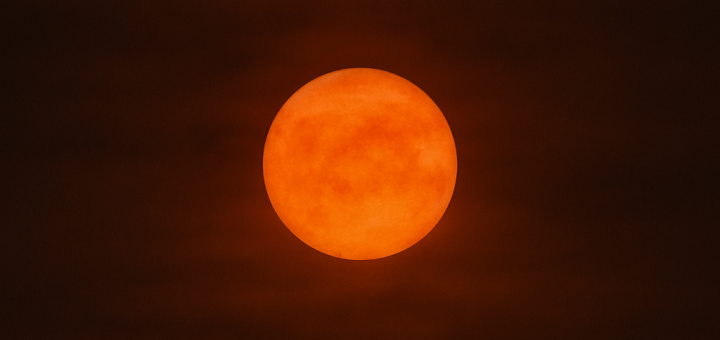Extreme rainfall and climate change in Cuautitlan Izcalli, Mexico City

Photo: ADN 40.
We are all familiar with the idea that climate change is bringing about rising temperatures and, consequently, more intense heat waves in summer. However, in reality, it involves a multitude of changes on a planetary scale, such as ocean acidification, melting glaciers, and changes in precipitation patterns.
A warmer atmosphere can store more water vapor, so global precipitation is expected to increase. Local impacts could vary greatly due to changing wind patterns, with some places experiencing an increase in precipitation and others a decrease. Another important element to consider is the duration over which total precipitation accumulates: if we have a storm that lasts 6 hours and accumulates 12 mm, the precipitation intensity is 2 mm/hour, and urban drainage systems are likely to be able to adequately evacuate stormwater. On the other hand, with heavier rainfall, e.g. if the same 12 millimeters ocurred in a storm that only lasted 2 hours, the precipitation intensity would be now 6 mm/hour. If the drainage system was not designed for such precipitation intensity, flooding is possible.
The most common way clouds and rain form is when moist air at the surface warms up, becomes less dense, and rises. As it rises in the atmosphere, it cools until the moisture it contains condenses and clouds form with small liquid droplets suspended in them. The increase in air temperature due to climate change will make this cloud formation process, which we call convection, much more intense. This is important since the intensity of rainfall is strongly associated with convection. In many places, the total amount of rainfall is not expected to change significantly, but precipitation will now fall in more concentrated periods: shorter, more intense rains, shorter rainy seasons, and drier periods in between.
In addition to the phenomenon of global climate change, there is also a local climate change due to the urban heat island effect. Paving streets and cutting down trees traps more heat on the surface and makes the convection process more intense, increasing both accumulated precipitation and rainfall intensity.
To give an example, let’s consider Cuautitlán Izcalli, a suburb of Mexico City. Flooding is common in the area surrounding the Mexico-Querétaro highway because the Cuautitlán River crosses the highway and carries rainwater from the Tlazala and Jilotzingo municipalities upstream. The entire region could experience a 10 to 20% increase in accumulated precipitation by 2050. CONAGUA (Mexican water authority) and SICT (Mexican Construction Authority) guidelines indicate that drainage in the area should be designed for a storm of around 20 mm/hour, which could be exceeded approximately every 10 years. However, by 2050, that design storm is expected to have a 100% probability of occurring every year. This means that the largest floods that we used to see every 10 years will be an common occurrence in the near future due to climate change.
This stark change should be a wake-up call for all municipalities regarding the need to address the impacts that climate change will have on their infrastructure and how to design sewer systems and other infrastructure works that are prepared for the hydrological conditions of the future years in which they will operate, rather than the present.

Photo: Tribuna.
Article translated from Spanish with DeepL, proofread by a human
Article published originally in Spanish in the Izcalli Times




